Quick overview:
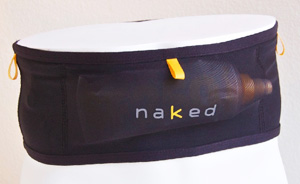
- Usual full price: about $39.00 USD
- Weight: 66 g size V (size 5)
- Pros: Simplicity, Function, Fit, Comfort, Breathable
- Cons: None really
- Suitability: Trail, mountain and road running for up to 2h (training and racing)
Bottom line:
The Naked Running Band is arguably the most minimalist yet functional piece of gear you will ever own.
Photos:
Product description and How we tested it:
When I first learned about the product I didn’t know what to think of it as it seemed too simple. On the other hand, it sure appeared useful enough for my shorter runs. Now, after couple of months of use, with over about 20 outings and one trail race, I can conclude that I really recommend it for all runners.
Being a designer myself (although in the digital world) this product reminds me of a quote by Antoine de Saint-Exupéry:
A designer knows he has achieved perfection not when there is nothing left to add, but when there is nothing left to take away.
The band is dead simple – it is made of a stretchy mesh-like fabric, features 4 independent pockets and simple jacket/shirt holder non-slip bands on the back side. The pockets can securely hold any of these items snugly around your waist during your runs: flasks, smartphone, energy bars, banana, gels, car keys, sun glasses, head lamp, credit cards… Of course, you can’t fit all of these items into the band at once but 4 or 5 are not a problem.
After measuring my waist, I figured out I needed size V (in Roman numerals). Since then the band fits great and became my regular companion on local trails around Vancouver. I don’t use it for all of my short runs, as some times I don’t take anything with me at all, but when I need to carry some water, my phone, and perhaps an extra upper body layer for the downhill then I slip on the Naked Running Band.
One thing I was somewhat questioning at the beginning was whether the band wouldn’t bounce too much while running downhill or on the flats. So far this has only happened to me when I loaded it with many items but even then quick reshuffling smoothed the ride well enough.
Another aspect I questioned was whether I will actually use it that much. It’s obvious the running band isn’t designed for full day outings unless you have plenty of drinking water along the way, however, I find myself using it about once every 2-3 runs so plenty enough to justify it in my gear box.
As for carrying a smartphone, the band works very well but you will need to slip it inside a small zip-lock bag (if you don’t have a water proof-ish cover) to prevent your sweat from getting to it.
Pros:
- Works very well for what it was designed for
- Fit and comfort are great
- Can also be used to supplement your running vest/pack during very long outings or when racing an ultra
- Made in USA (unlike 99% of such products)
Cons / What can be improved about this product:
I have only two suggestions that I believe can make this great product even better:
- To make the inside panel of the back pocket (the one touching the runner’s back) from water proof material as my shirt hanging on the outside of it got a little wet when I was sweating heavily on a climb in hot weather.
- My second suggestion is to perhaps provide a small water-proof bag for car keys or a phone along with the band. (My car opens only with a remote so I am always try to make sure the keys stay dry.)
Product Specs:
- Materials: 4-way power mesh band
- Sizing: 6 sizes, from 25 to 36 inches measuring your waist just at the navel
Online stores that carry Naked Running Band:
- $39 USD at NakedRunningBand.com


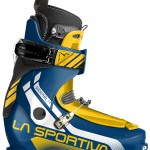
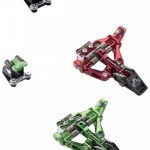
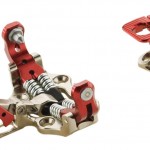
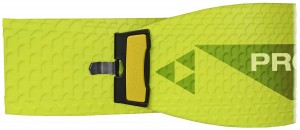
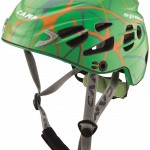
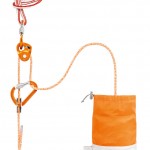
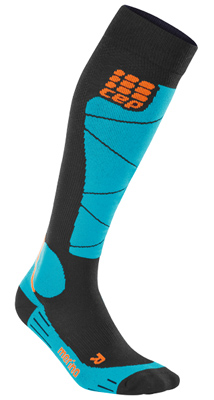 Quick overview:
Quick overview: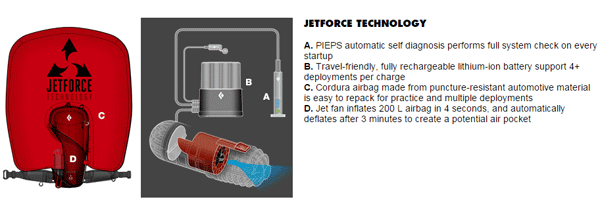
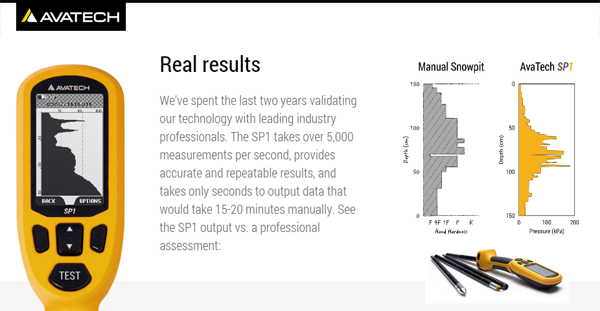
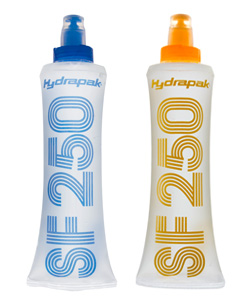 Hydrapak SoftFlask quick overview:
Hydrapak SoftFlask quick overview:
 These flasks are also useful for similar length running races and fit well in a vest pocket or just as a handheld. Once you finish the flask, crumple it up and stick it in your shorts pocket.
These flasks are also useful for similar length running races and fit well in a vest pocket or just as a handheld. Once you finish the flask, crumple it up and stick it in your shorts pocket.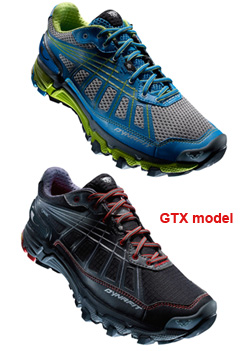 Usual full price: around $140.00 USD and $160.00 for GTX version
Usual full price: around $140.00 USD and $160.00 for GTX version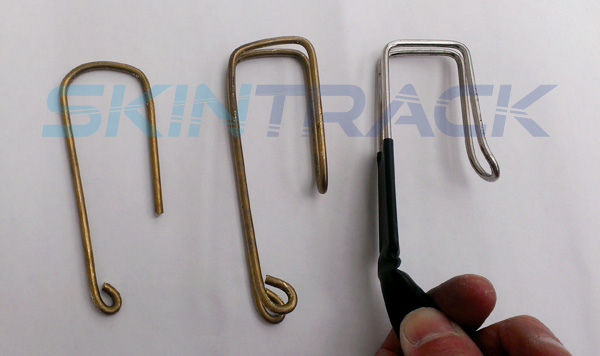
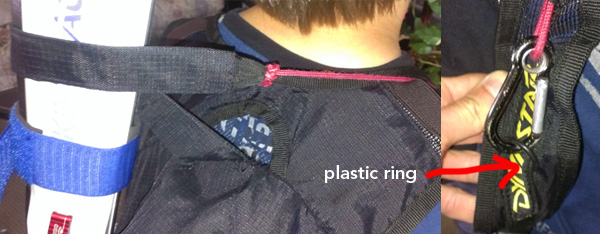
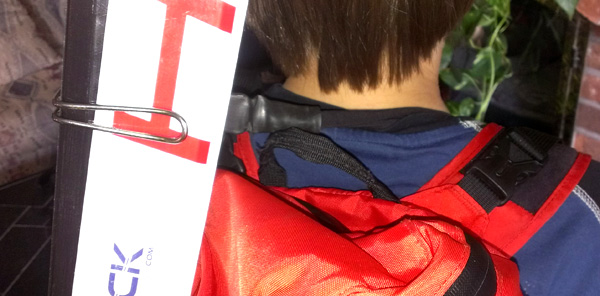
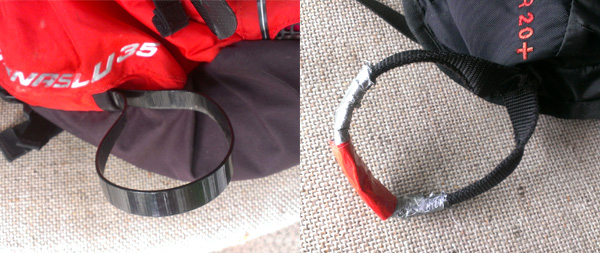
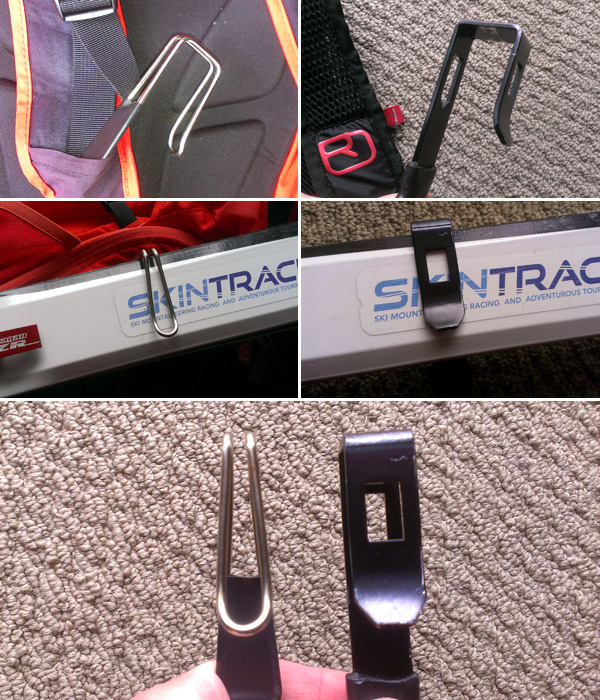
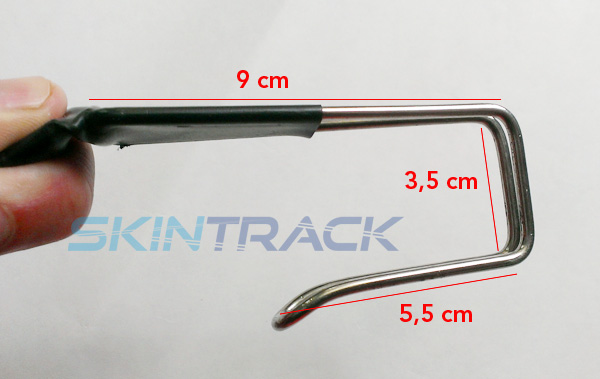
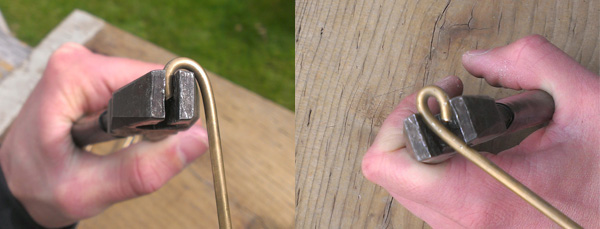

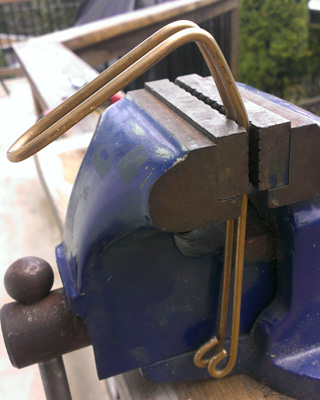
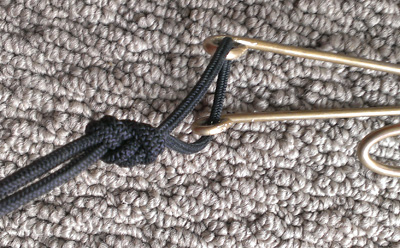
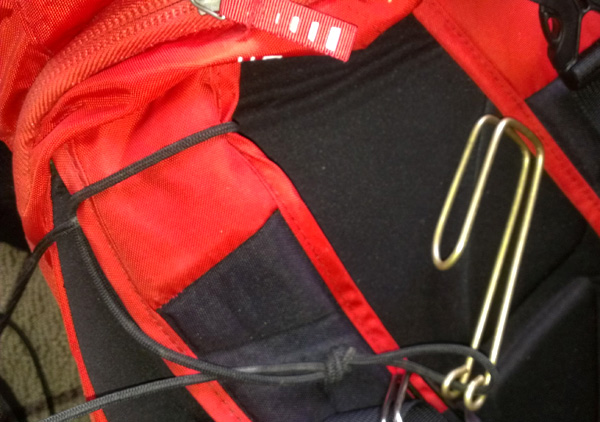

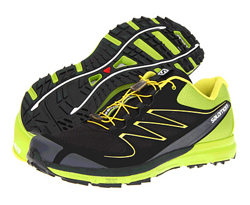 Usual full price: around $120.00 USD
Usual full price: around $120.00 USD